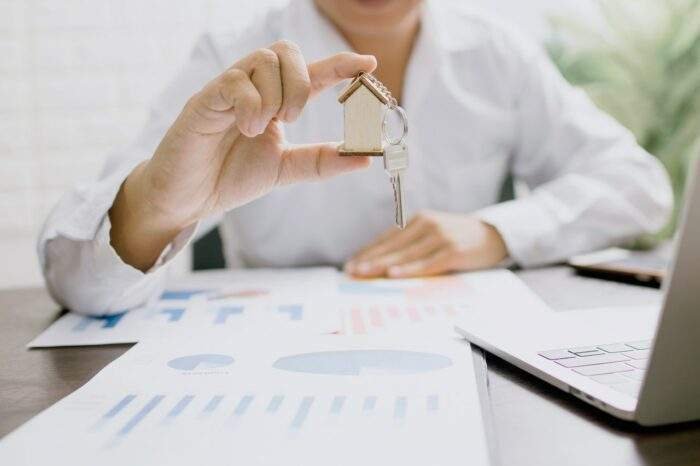The Role of a Real Estate Developer in Creating Sustainable Communities

The construction of real estate has a significant impact on both the economy and society. This is especially true in developing countries where sustainability criteria are often at the core of a vision or strategy for future development.
Real estate developers play an essential role in creating sustainable communities by implementing practices that benefit both the community and the environment. This article explores some of the most popular ways real estate companies implement sustainable practices today and how these techniques can help the industry in the future.
Asset-Based Community Development (ABCD)
Asset-Based Community Development (ABCD) is a development approach that focuses on a community’s assets and how these can be leveraged for growth. This approach differs from traditional needs-based community development, which aims to identify gaps in a community and address them through services provided by the government or nongovernmental organizations.
The ABCD approach combines social capital, community development, and asset-based planning elements. It is based on four key features, each of which has its specific role:
Firstly, communities must map their assets and resources to determine their strengths and weaknesses. This includes physical assets, such as infrastructure and vacant land, and non-physical assets, including people with unique skills or experiences that can help the community.
Once community members have identified their assets, they must make those assets known to other residents and communities. They can do this by organizing their skills and creating a vision to help the community grow and achieve its goals.
Investing in the Future
One of the essential roles of a real estate developer of a real estate company like Your Home Wichita is to create sustainable communities. This requires the right balance of local, state, and federal governments to work together. This includes allocating infrastructure, housing, and community development funds and a commitment to smart growth and best practices. It also requires the right mindset to engage with communities in the first place, a willingness to embrace change, and an understanding of the challenges ahead.
Investing in the future is an underappreciated but necessary part of a healthy development ecosystem. This is especially true regarding public investments and land use decisions ranging from transportation hubs to medical centers. It may be a while before we see our sustainable communities take shape, but the real estate industry is in an excellent position to lead the way. We have the technology and the talent to create more innovative, greener communities for the future.
Embracing Change
The construction, real estate and infrastructure sectors significantly impact global sustainability regarding energy use, water consumption, raw materials and carbon dioxide emissions. This is why many governments and organizations focus on developing sustainable practices in these industries.
A real estate developer can play a crucial role in achieving sustainable communities by embracing change. As a result, they can meet economic and social sustainability criteria while meeting their business goals.
Embracing change is a skill that you can develop through training and practice. This means embracing challenges, trying new things, and having an open mind to learn from experiences. It also requires you to see change as an opportunity for growth and development, not a negative experience.
Creating a Shared Vision
A vision of a community’s desired future can inspire and motivate teams. It also helps people see how their work or priorities fit the overall goal.
Many systems thinkers consider creating a shared vision one of the most critical steps in a community change effort. They believe it is vital to keep revisiting the vision as changes occur over time and a community’s needs evolve.
Moreover, they recommend that partners articulate shared goals and objectives at the start of an initiative to build capacity and sustainability. They also suggest focusing on goals encompassing multiple issues to help communities tackle more complex problems and increase their resilience to the challenges ahead.
A vision can be a powerful tool for creating sustainable communities and a critical factor in developing strong bonds between real estate developers, their employees and the local community. In addition, it can be a competitive advantage for consumers who value sustainable practices and industry compliance.





